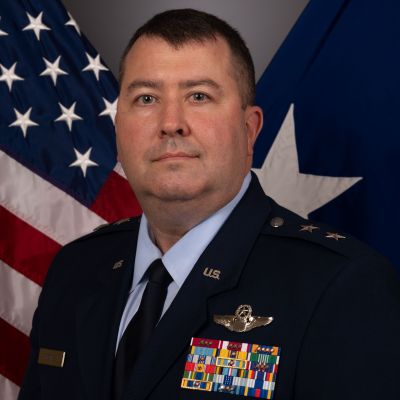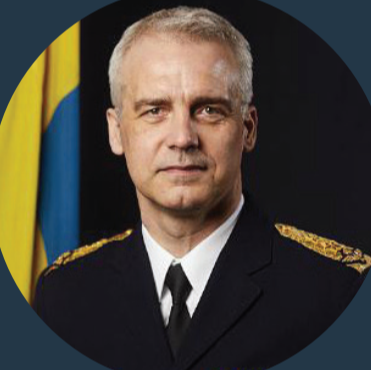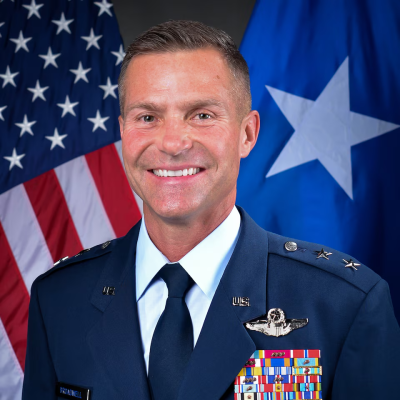Day One | 4 November
7:00 - 8:10
CONFERENCE WELCOME BREAKFAST - HOSTED BY ANDURIL
8:10 - 8:15
DEFENCE iQ WELCOME
8:15 - 8:25
CHAIRMENS' OPENING REMARK
General (Ret'd) Frank Gorenc -
Former Commander,
USAFE-AFAFRICA
8:25 - 8:30
WELCOME ADDRESS FROM GENERAL ATOMICS
8:30 - 9:00
HOST NATION ADDRESS: PROMOTING AIR POWER THROUGH COLLABORATION AND INNOVATION
• Perspective on developments in 6th generation aircraft, and how cutting-edge technologies will support the Italian Air Force’s future capabilities
• Demonstrating the F-35 fleet’s Joint Air Power capabilities and growing proficiency with large-scale and international exercises
• Instilling a fifth-generation mindset with advanced training to achieve operational success
9:00 - 9:30
INDUSTRY INSIGHTS FROM GENERAL ATOMICS
OVERVIEW OF AIR POWER: ADAPTING TO UNCERTAINTY IN A CHANGING GLOBAL LANDSCAPE
9:30 - 10:00
ADVANCEMENTS NEEDED IN NATO AIR POWER TO EFFECTIVELY DETER AND DEFEAT THREATS FROM RUSSIA
• Gap analysis on NATO Air Power Developments against Russia
• Importance of rapidly increasing airborne electromagnetic warfare capabilities in Europe to bolster Western airpower
• Key observations from the conflict in Ukraine as allies offer air suppor
10:00 - 10:30
INDUSTRY INSIGHTS FROM AIRBUS
10:30 - 11:00
RAPID MODERNISATION OF CHINESE COMBAT AIR POWER
Douglas Barrie -
Senior Fellow for Military Aerospsace,
IISS
• How the Chinese Air Force are combining speed, power and agility to enhance performance and combat capabilities
• Strategic implications of Chinese 6th Generation aircraft development on NATO and the Indo-Pacific
• Keeping pace with advancements in AI-powered drones and loyal wingman to enhance force flexibility
11:00 - 11:30
MORNING COFFEE AND NETWORKING
HARNESSING AUTONOMY FOR NEXT GENERATION AIR DOMINANCE TODAY
11:30 - 12:00
CANADA’S APPROACH TO MAINTAINING AIR SUPERIORITY
Major General Jeff Smyth -
Chief Air & Space Force Development,
Royal Canadian Air Force
Crista-lynn Ferguson - Director General Fighter Capability, Royal Canadian Air Force
• Overview of Canada’s Air Forces’ defense strategy for the air domain and how a next-generation fighter would fit in
• Updates on Canadian Air Force’s current initiatives, program status, and anticipated timelines for implementation
• Adopting common operational and communication strategies and standards for effective collaboration with allies
12:00 - 12:30
PANEL DISCUSSION: THE EVOLUTION OF AIRPOWER - FROM ENDURING PRINCIPLES TO EMERGING TECHNOLOGY
- Do the principles of airpower (Flexibility, Range, Payload, Spectrum, Speed, Survivability) still hold true and how do we balance these against the need to be affordable and in greater numbers?
- Does the world need 6th Generation technology?
- Do to lessons from WWII inform current/future requirement?
- Should we wait for 'requirements' or should industry 'push' more cutting edge technology?
- Next Gen drivers are needed to pace technological development. Just because it's possible should it still be pursued, and is it probable? What about uncrewed/affordable mass, manpower, and ethical questions?
- How do you manage rebalancing/refilling current capabilities while developing future capabilities in an era where budgets aren’t always aligned?
- What are the core beliefs we should hold to in the changing character of airpower technology?
12:30 - 13:00
BOOSTING AIR COMBAT CAPABILITY TO ADDRESS AUSTRALIA’S DETERRENCE GAP
Air Commodore Pete Robinson -
Commander, Air Combat Group,
Royal Australian Air Force
• Increasing Air Combat mass, lethality, and survivability with increased force size, and supplementing squadrons with autonomous aircraft
• Challenges of integrating CCAs with the existing combat air fleet
• Enhancing combat readiness to respond to new and evolving threats
13:00 - 13:30
PANEL DISCUSSION: DELIVERING MISSION AUTONOMY FOR NEXT GENERATION AIR DOMINANCE TODAY
- How will the successful integration of combat air autonomy fundamentally affect the employment of air power and help deliver air superiority?
- What missions and roles do air forces foresee Autonomous Collaborative Platforms (ACPs) and CCAs undertaking? How will they alter the risk calculus for combat air operations and develop novel combat air operational concepts and tactics?
- How will the successful integration of ACPs / CCAs drive the future combat air force mix between crewed and uncrewed capabilities?
- How do we ensure that AI agents flying ACPs/CCAs stay competitive?
- What’s the biggest challenge to moving autonomous platforms from the laboratory to real-world environments? What are the technical and human challenges that need to be considered?
- What policies, ethical frameworks, or guardrails are most urgently needed to ensure autonomy is harnessed responsibly without slowing down innovation?
- As we field autonomous uncrewed systems across different domains and with allied forces, how do we ensure interoperability, common standards, and effective command-and-control integration?
13:30 - 14:30
LUNCH AND NETWORKING
OPERATIONAL TRACK
14:30 - 15:00 SWEDISH AIR FORCE PERSPECTIVE ON THE EVOLVING OPERATIONAL ENVIRONMENT, AND ITS IMPACT ON CURRENT AND FUTURE REQUIREMENTS Major General Jonas Wikman - Commander, Swedish Air Force• Exploring the evolving threat landscape and its implications for airpower, agility, resilience, and multi-domain integration
• Swedish Air Force research initiatives into autonomy and MUM-T, with a focus on the development and operational integration of CCAs
• Identifying capability gaps and future force structure requirements shaped by emerging technologies, peer-level threats, and joint operational demands
OPERATIONAL TRACK
15:00 - 15:30 INDUSTRY INSIGHTS FROM SAABOPERATIONAL TRACK
15:30 - 16:00 UPDATES ON THE AIR FORCE’S COLLABORATIVE COMBAT AIRCRAFT• Insights into USAF’s Collaborative Combat Aircraft (CCA), updates on progress, building and fielding CCA
• Exploring CCA, an affordable, capable aircraft that complements the existing force
• Updates on acquisition and operations, working together to build, test, and integrate this new capability
ADVANCED ENGINEERING & TECHNOLOGY TRACK
14:30 - 15:00 UTILISING AI AND ML FOR ENHANCED DECISION MAKING Colonel Vito Cracas - Assistant Director, JAPCC NATO• How artificial intelligence can support NATO’s future force and capability development, and what is the timeline for implementation in fixed-wing aircraft
• Ethical considerations for increasing reliance on automation, and potential disadvantages of adversaries use of AI without ethical considerations
ADVANCED ENGINEERING & TECHNOLOGY TRACK
15:00 - 15:30 INDUSTRY INSIGHTS FROM GENERAL ATOMICSADVANCED ENGINEERING & TECHNOLOGY TRACK
15:30 - 16:00 INCORPORATING INFORMATION WARFARE AT THE OPERATIONAL AND TACTICAL LEVEL - SIXTEENTH AIR FORCE PRIORITIES Major General Larry Broadwell - Deputy Commander, 16th Air Force• Current priorities for the 16th Air Force
• Importance of information sharing with allies to collectively address global challenges
• Challenges of persistently engaging and responding to threats today and in the future
16:00 - 16:30
AFTERNOON TEA AND NETWORKING BREAK
OPERATIONAL TRACK
16:30 - 17:00 ENSURING SUCCESSFUL INTEGRATION OF AUTONOMOUS SYSTEMS WITHIN THE POLISH AIR CAPABILITIES• Observations from Polish air activities as the Ukraine conflict continues
• Integrating systems such as UAVs into air combat capabilities to enhance operations
• Ensuring interoperability between multiple systems as they continue tobe developed
OPERATIONAL TRACK
17:00 - 17:30 FUTURE VISION OF AIR FORCE AND ALLIED COMBAT CAPABILITY Major General William D Betts - Plans, Programs and Requirements Director, Air Combat Command (ACC)• Priorities for plans & programmes
• Enhancing interoperability
• Strategies for air dominance

Major General William D Betts
Plans, Programs and Requirements DirectorAir Combat Command (ACC)

ADVANCED ENGINEERING & TECHNOLOGY TRACK
16:30 - 17:00 UK PERSPECTIVE ON FUTURE WEAPONS AND ARMAMENTS RESILIENCE Air Commodore Alun Roberts - Head Air to Air Missiles, Royal Air Force• Strategic direction: Understand how the 2025 SDR shapes the trajectory of UK weapon development
• Armaments Resilience: Explore the need to diversify and reinforce armaments production to meet current demands
• Impact on future effectors: examine how the current strategic picture is impacting the development of future weapons
ADVANCED ENGINEERING & TECHNOLOGY TRACK
17:00 - 17:30 CAPABILITIES OF WEAPON SYSTEM SUPPORT CENTRE 1 TO SUPPORT EUROFIGHTER AND TORNADO Colonel Ralf Kleindienst - Deputy Commander, Weapon Systems Support Center 1, Bundeswehr• Strategies to maintain and support combat aircraft during both development and deployment
• Supporting the phase-in of remotely piloted aircraft
• Priorities for sustaining weapon capabilities for aircraft currently in deployment
• Associated technical challenges with supporting weapon systems fornext-generation aircraft
17:30 - 18:10
INDUSTRY LEADER’S PANEL DISCUSSION
- How can industry support the needs of operators to balance capabilities with affordability?
- What do industry see as the requirements for achieving future air dominance and how will these requirements translate to capability for sixth generation platforms?
- With the need to rapidly expand production capacity for weapon systems, how can the customer support this process? How have assessments of necessary stockpiles changed?
- From an industry perspective, does there need to be a shift in training priorities towards essential mission sets and what rapid support can industry provide?
- How do industry experts view the future of autonomous capabilities for fighter platforms?























